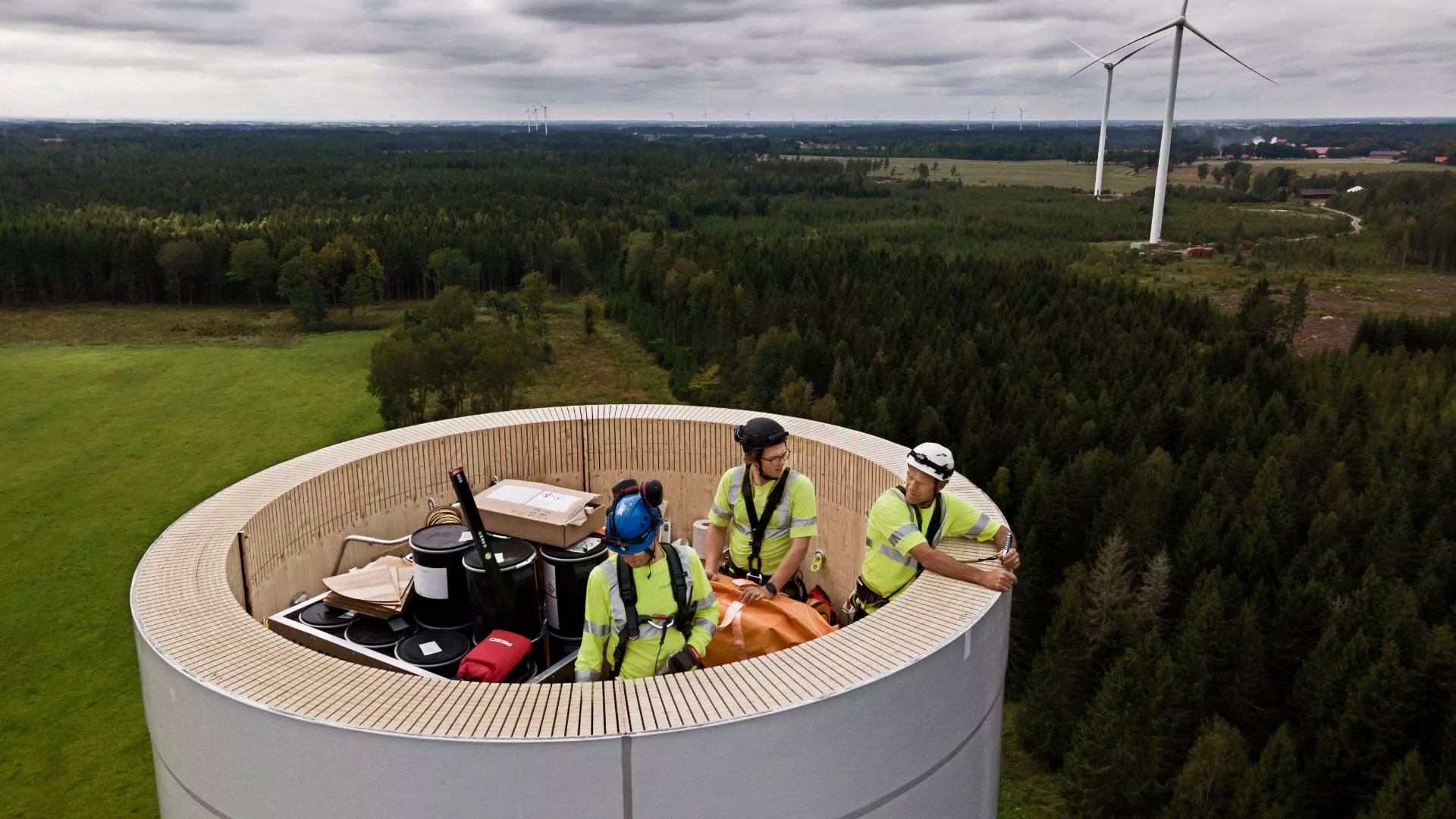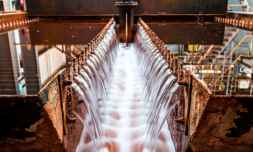Eradicating carbon-intensive materials from the production of wind turbines, like steel, Swedish start-up Modvion is creating easy-to-assemble alternatives from wood. Is this the way forward?
Solar maybe the current undisputed king of the renewable energy farmyard, but wind is a close runner-up.
There’s a global consensus that any chance of achieving the terms of the Paris Agreement will rely on drastically increasing renewable forms of energy. Specifically, wind and solar reportedly need to rise to around 41% of the globe’s power production by 2030.
A major part of this rapid acceleration is Biden’s green light for the largest offshore wind farm in history, which will begin construction off the coast of Virginia Beach this year – providing 2,600 megawatts of green energy, capable of powering 900,000 plus homes.
While this is undoubtedly a major boon for the sector, and we wish to see continued growth in the years ahead, there are several pesky drawbacks of the current wind industry: chiefly, the carbon-intensive materials it requires in abundance, like steel.
A Swedish start-up called Modvion, however, is offering a novel solution to slash the industry’s carbon footprint drastically. It’s no secret that Scandinavian’s see wood as their primary construction staple, and there’s real promise in utilising its sustainable qualities here.
The company recently unveiled the world’s tallest wooden wind turbine near Gothenburg in southwest Sweden.




















